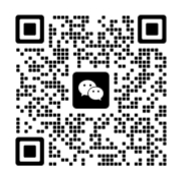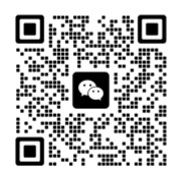In the manufacturing process of touch screens, there is a seemingly small but crucial design parameter - the "R-angle". For non professionals, this term may be unfamiliar, but it directly affects the user experience and the overall quality of the product. Today, let's talk about what the R angle of a touch screen is and why it is so important.
R angle, in simple terms, is the radius of the arc at the edge of the touch screens. The "R" here represents "Radius", the larger the value, the more rounded the edges and corners; The smaller the value, the closer the corner is to a right angle.
In the design of touch screens, the R-angle is not only for aesthetics, but also for considerations of safety, comfort, and structural strength. A perfectly balanced R angle can make the product look softer and enhance the user's tactile experience.
- Why is the R angle so important?
1. Improve touch comfort
Although the right angled edges may look simple and neat, they may cause discomfort to the fingers during frequent touch operations, especially when used for a long time. Proper R-angle design can make the edges smoother, reduce friction and pressure on the fingers, and enhance the user experience.
2. Enhance structural durability
From a mechanical perspective, when a right angled edge is impacted by external forces, stress concentration is easily formed at the corner, making it easier for glass or cover plates to break. The rounded corner design can effectively disperse the impact force, improve the product's drop resistance and durability. That's also why many high-end smartphones and tablets adopt rounded corner designs.
3. Ergonomic compliance
When human fingers slide, they often naturally move inward from the edge of the touch screens. If the corners are too sharp, it may affect the smoothness of operation and even lead to accidental touch. The optimization of R-angle can make touch more natural and reduce the probability of misoperation.
4. Visual Aesthetics and Product Positioning
Different R angles will bring different visual styles. Smaller R-angles (such as R0.5~R1.0) are suitable for products that pursue a tough and business style; Larger R-angles (such as R3.0~R5.0) are more suitable for consumer electronics products, such as smart home devices, educational tablets, etc., giving people a sense of affinity and friendliness.
Although the R angle is small, it carries the designer's careful consideration of user experience. It is not only a reflection of craftsmanship, but also a subtle link between products and users. Next time you use a touch screens device, you may want to pay attention to its corner design. Perhaps you will find that it is these tiny curves that make technology products more user-friendly.

 Your message must be between 20-3,000 characters!
Your message must be between 20-3,000 characters! Please check your E-mail!
Please check your E-mail!  Your message must be between 20-3,000 characters!
Your message must be between 20-3,000 characters! Please check your E-mail!
Please check your E-mail! 

